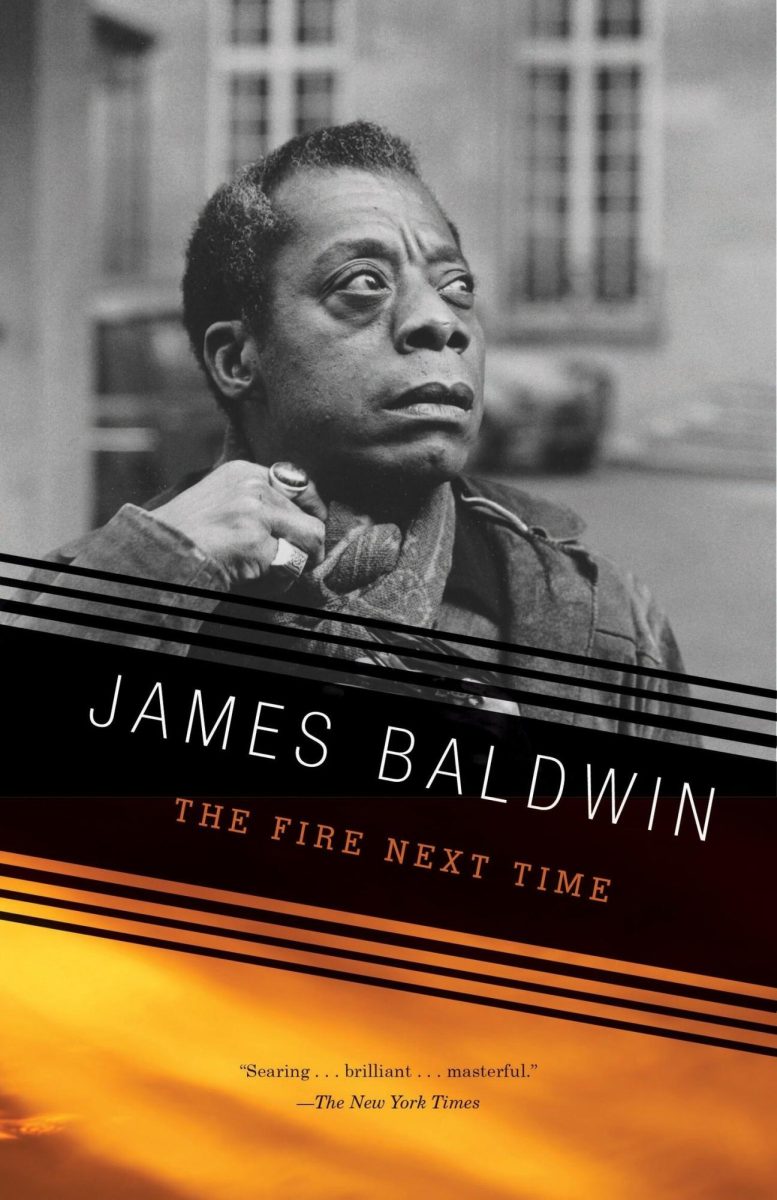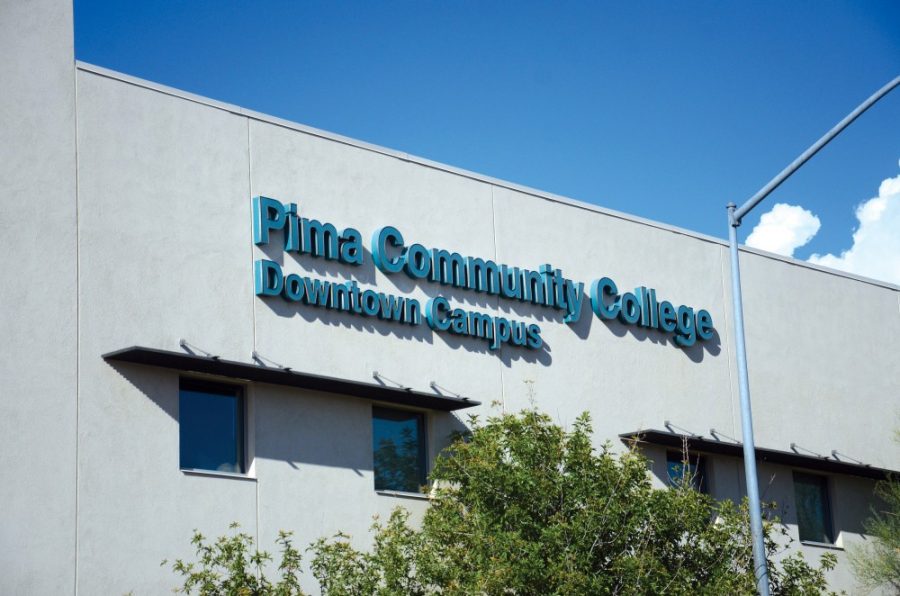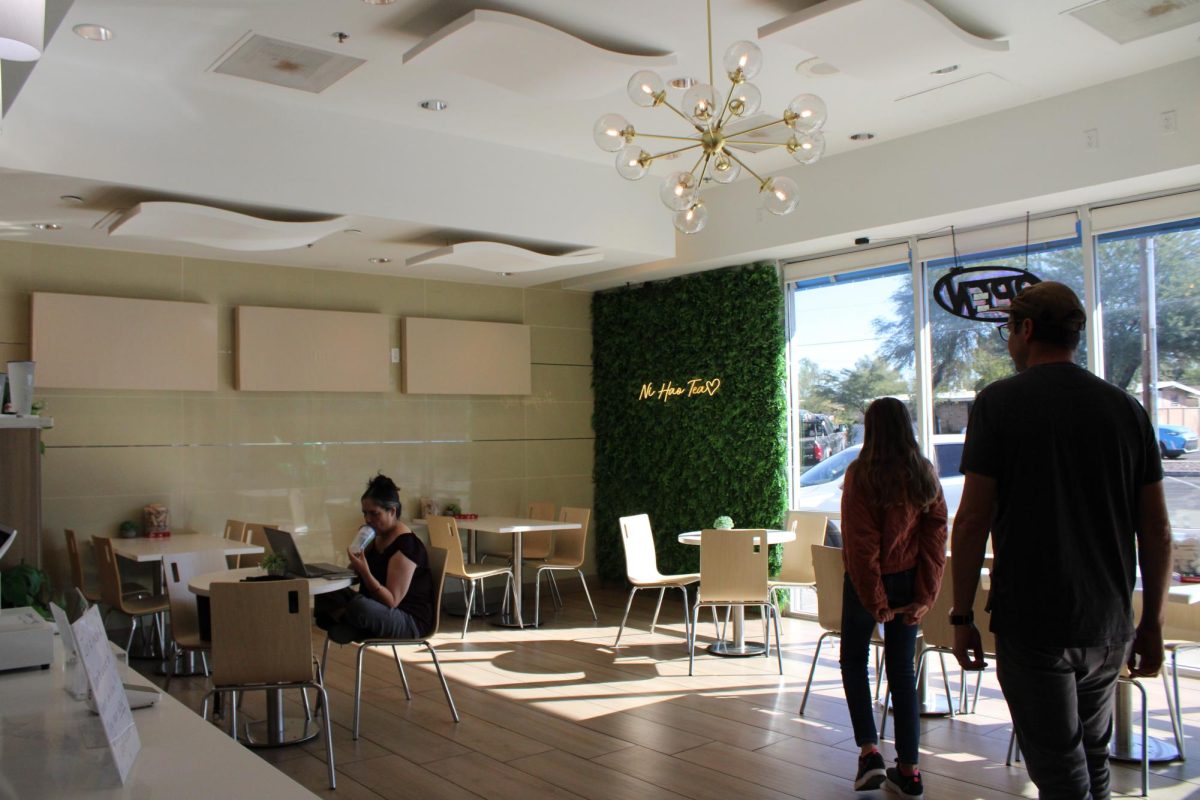Those who have visited San Francisco are familiar with the copious and often obnoxious number of homeless people, beggars, musicians and odd performers pleading for money and recognition. Despite the charm and so-called character that these people bring to the city streets, their presence can also be frightening. This November, the city’s welcoming persona was called into question when 53 percent of voters in San Francisco passed Proposition L, which forbids anyone from sitting or lying on public sidewalks from 7 a.m. to 11 p.m.
Kathleen Shanahan, a San Francisco resident, told Fox News, “”There’s a difference between an individual that’s contributing to the society and being part of the cultural fabric of a neighborhood, versus an individual that is sitting on the street with their very scary dog, to the point that I am scared to walk down the Haight with my family.””
But how does the city, or any community, determine who is contributing culturally and who is just a disturbance? On the UA campus, students and faculty face the same question as they regularly encounter seemingly homeless loiterers lounging in the Main Library or lingering on campus.
According to the UA’s Access and Loitering Policy, “”the Student Union Memorial Center and Park Student Union are not places of unrestricted public access,”” and “”loitering or interfering with this intended use is prohibited, and violators will be required to leave.”” How does a UA faculty member determine if a seemingly homeless person pacing through the student union is a “”violator”” if he doesn’t appear to be causing a disturbance?
The UA is an easy campus to access, with little security preventing anyone from walking onto campus grounds. That knowledge alone can make students and faculty members uneasy, especially when it’s evident that non-UA community members are taking advantage of the campus’ accessibility. The recognizable loiterers have become part of the campus’ character, but also pose a potential threat to students and faculty members, and if nothing else, create a sense of uneasiness and lack of security.
When an institution or city attempts to expand its control to street corners and public sidewalks, it becomes easy to overstep boundaries and interfere with human rights. One could argue that many of the frequent campus loiterers have created a home on this campus and that asking them to leave would be unjust.
At some point, however, the line does need to be drawn. In San Francisco, locals began feeling unsafe and wary of walking the street at night, which thereby led the city to enforce the no sit-lie law.
Perhaps it’s time for the UA to reconsider its loitering policy and re-evaluate if its students are experiencing the safest environment possible.
— Alexandra Bortnik is a creative writing junior. She can be reached at letters@wildcat.arizona.edu.








